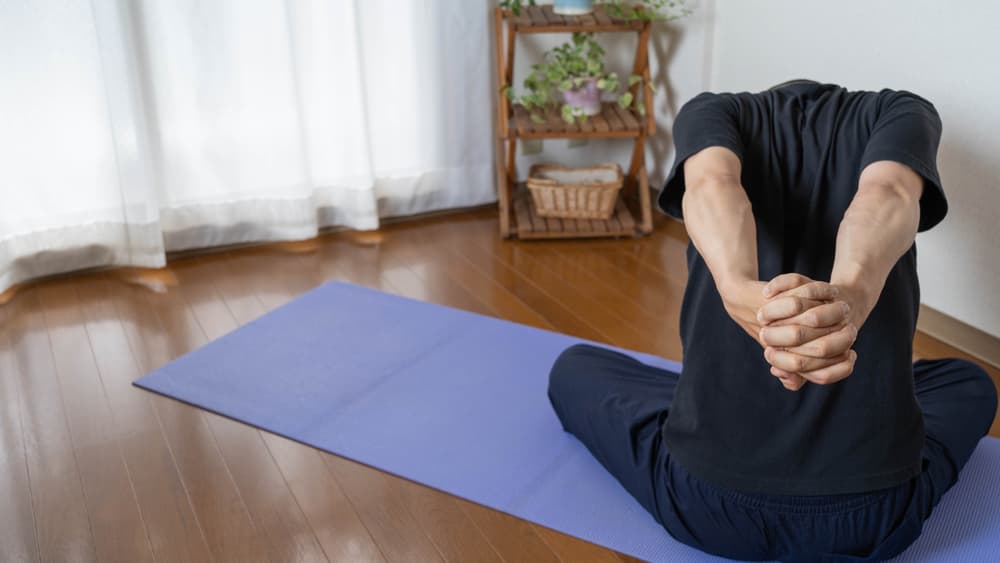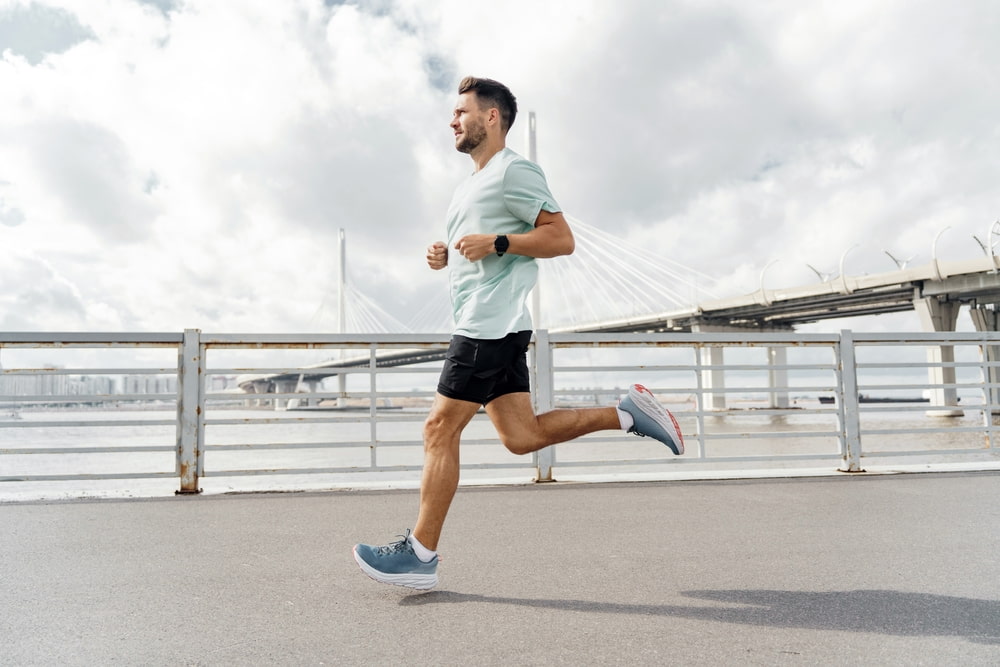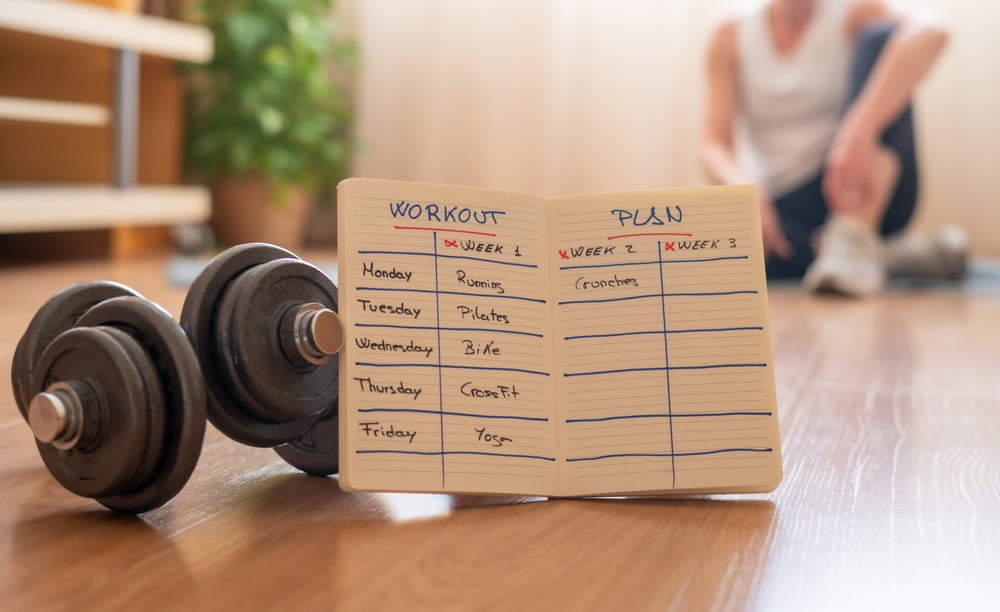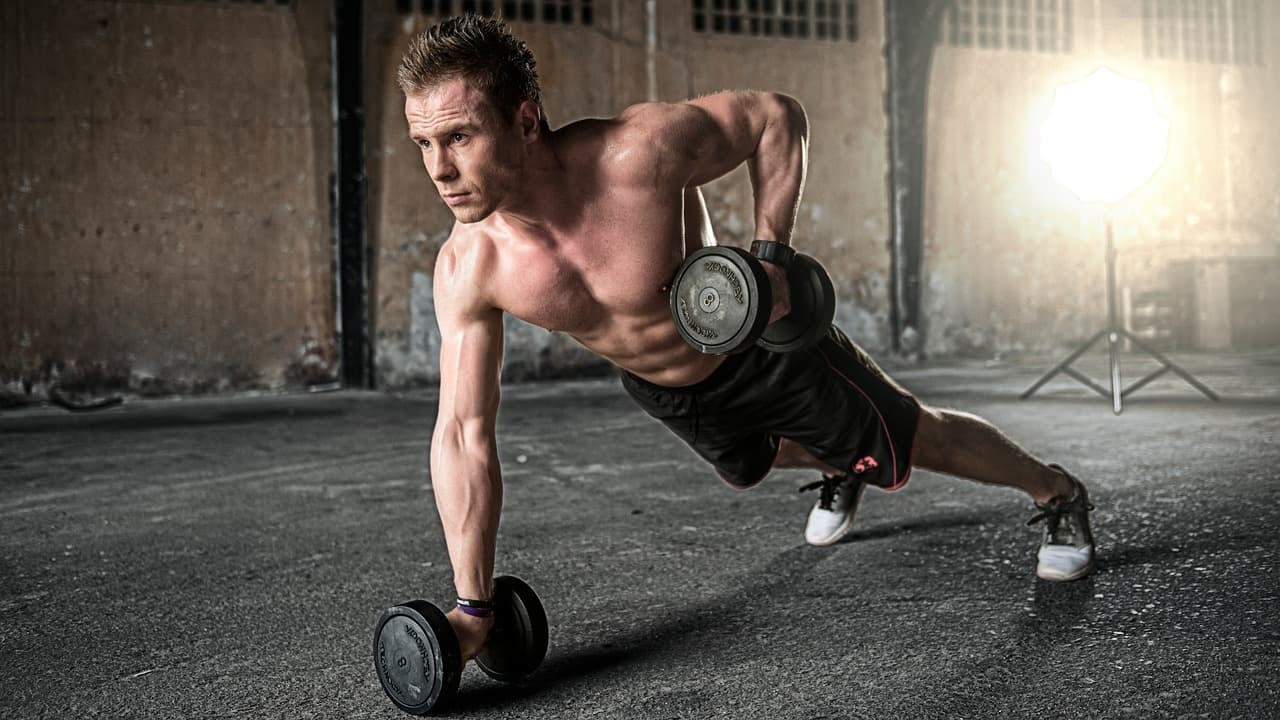Yoga Positions for Upper Back Pain: Effective Poses for Relief
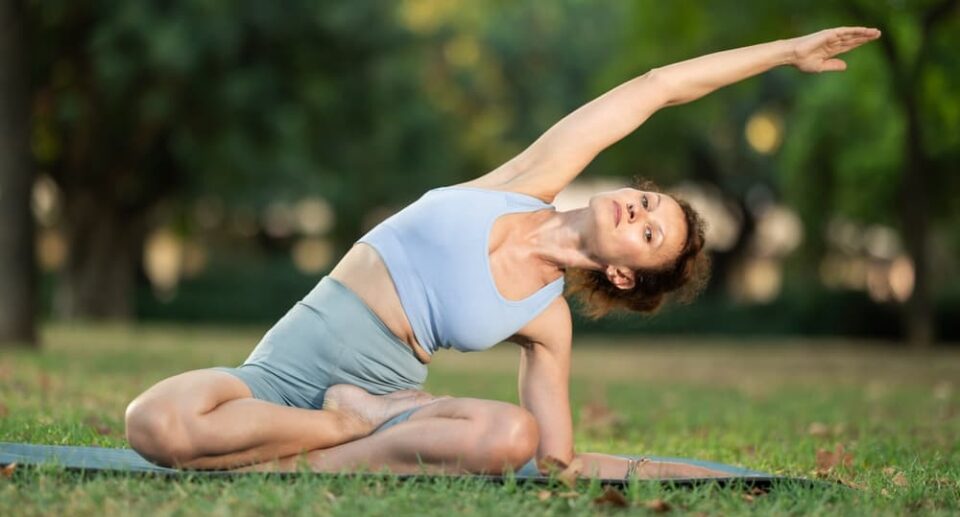

Upper back pain is a common issue for many people, particularly those who spend long hours hunched over a computer or phone, or who carry heavy bags. Everyday activities like typing, texting, or even holding a shoulder bag can strain the muscles and spine in the upper back, leading to discomfort. Often, people experience tightness between the shoulders, tension in the neck, or stiffness across the upper back. Fortunately, yoga offers simple yet highly effective poses that can help stretch tight muscles, improve posture, and strengthen the back. Yoga is also known to increase flexibility and strengthen the core, both of which are crucial for supporting a healthy spine.
In this friendly guide, we’ll explore the best yoga positions for upper back pain relief, matching the CoreWellFit style of practical, problem-solving content. These poses are practical and can be done at home or even at your desk. Each pose will be explained in simple, step-by-step instructions to ensure you can practice safely. We’ll also include important safety tips and evidence-based insights that show the positive effects of yoga on back pain. With consistent practice, you can expect to improve your flexibility, strength, and posture over time.
Why Yoga Helps Upper Back Pain
Yoga is effective in addressing upper back pain because it combines gentle movement, stretching, and mindful breathing. The movements target the muscles along the spine, particularly the paraspinals and core, while also stretching the chest, shoulders, and neck. This balanced approach helps to improve posture, mobility, and flexibility. Many factors, such as stress, poor posture, and lack of movement, contribute to upper back pain. Yoga addresses all these factors through mindful breathing, body awareness, and alignment.
Yoga helps to release tight muscles and strengthen weak ones. Poor ergonomics, such as slumping at a desk, and emotional stress can cause the neck and shoulders to tighten, contributing to upper back issues. Yoga provides a mindful approach to posture, teaching you how to sit and stand in alignment. By focusing on the breath and improving body mechanics, yoga offers relief from the physical effects of stress and poor posture. Medical professionals agree that yoga is an effective practice for relieving back pain. According to Harvard Health, yoga helps strengthen and stretch back muscles, improving mobility and overall posture.
Common Causes of Upper Back Pain
Several factors contribute to upper back pain, and many of these can be prevented or mitigated through yoga. Common causes include:
- Poor Posture: Sitting in a hunched or slouched position places unnecessary strain on the upper spine and shoulder muscles. Everyday activities like texting, typing, or carrying a shoulder bag encourage this rounded back posture.
- Stress and Tension: Emotional stress causes the neck and shoulders to tighten, leading to chronic upper back pain. This habitual tension, if left unchecked, can pull on the upper back muscles, causing discomfort.
- Weak Muscles: A sedentary lifestyle or lack of regular exercise can lead to weak core and back muscles. When the muscles in these areas are weak, other muscles have to compensate, often resulting in soreness and tightness.
- Lack of Movement: Staying in one position for too long whether at a desk, driving, or watching TV can cause the muscles in the upper back to become stiff and uncomfortable.
Yoga addresses these issues directly by stretching tight areas and strengthening weaker ones. For example, simple practices like rolling your shoulders back and down can open up the chest and lengthen the spine, relieving tension in the upper back. Over time, these changes help to correct posture, improve mobility, and reduce pain.
Learn More: Best yoga exercises for relieving lower back pain at home
Top Yoga Poses to Relieve Upper Back Pain
Below are six effective yoga poses that target the upper back, designed to stretch and strengthen the muscles in the area. Hold each pose for at least 30 seconds and repeat 2-3 times. Move slowly into each stretch, using steady, deep breaths. Remember, you should feel a gentle stretch, not pain.
1. Cat-Cow Pose (Marjaryasana Bitilasana)
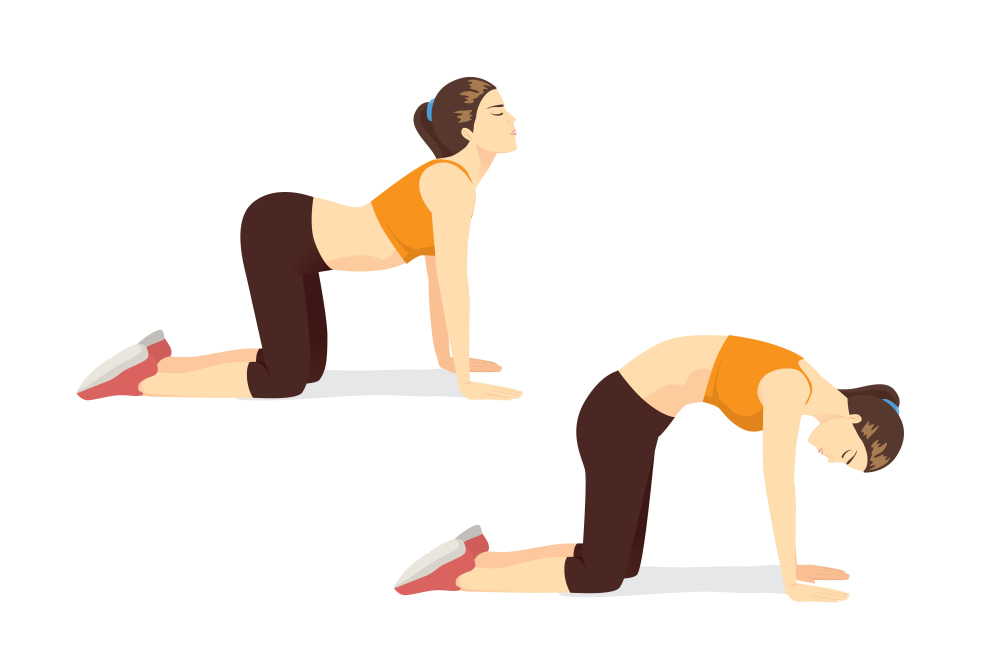

This flowing sequence involves movement between two poses, mobilizing the spine from head to tailbone.
- How to do it: Begin on your hands and knees, in a tabletop position. Inhale deeply, drop your belly towards the floor, lift your chest, and tilt your tailbone upward (Cow Pose). Exhale, arch your back, and tuck your chin to your chest (Cat Pose). Repeat several rounds, syncing the movements with your breath.
- Why it helps: This flow energizes the upper back and neck muscles, stretches the spine, and improves circulation. It also relieves stiffness and warms up the body for deeper stretches.
2. Thread-the-Needle Pose (Parsva Balasana)
This twist targets the shoulders and the upper back between the shoulder blades.
- How to do it: From the tabletop position, inhale and extend your right arm toward the sky. Exhale and thread your right arm under your left, lowering the right shoulder and ear to the floor. Your left arm can stay extended or rest on your forearm for support. Hold for 3-5 breaths, then switch sides.
- Why it helps: Thread-the-Needle provides a deep stretch for the rhomboids and deltoids, muscles that can become tight from hunching over. This pose helps to release tension in the shoulders and upper back.
3. Eagle Arms (Garudasana Arms)
A fantastic pose to release shoulder and upper back tension, which can be done while seated or standing.
- How to do it: Extend your arms forward at shoulder height. Cross the right arm under the left at the elbows, bend both elbows, and wrap the forearms until the palms touch (or rest back-to-back). Lift the elbows while keeping the shoulders down. Hold for 3-5 breaths, then switch sides.
- Why it helps: Eagle Arms stretch the upper back and shoulders, helping to release the forward rounding of the shoulders often caused by long periods at a desk.
4. Extended Puppy Pose (Uttana Shishosana)
A gentle backbend that stretches the upper spine while opening the chest and shoulders.
- How to do it: From the tabletop position, walk your hands forward a few inches, keeping your hips over your knees. Melt your chest toward the floor, resting your forehead or chin down (use a block for support). Keep your arms extended as you feel a stretch along your spine.
- Why it helps: This pose combines the benefits of Child’s Pose and Downward Dog, stretching the chest, shoulders, and upper back while relieving tightness in the spine.
5. Camel Pose (Ustrasana)
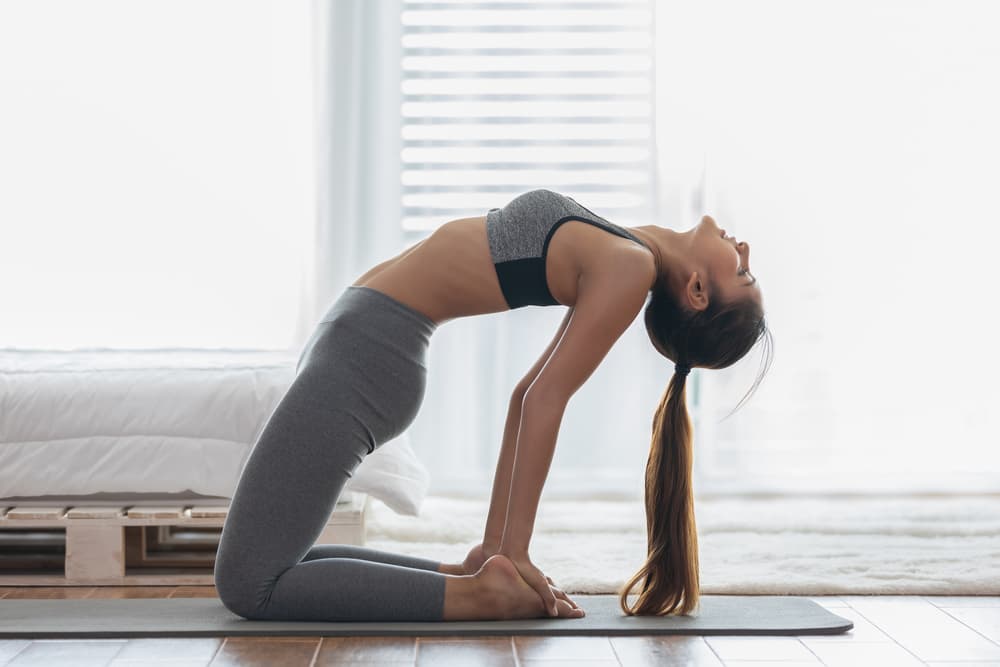

A deeper backbend that opens the chest and stretches the upper back.
- How to do it: Kneel with your knees hip-width apart. Place your hands on your lower back or on your heels. Inhale, lift your chest upward, gently arch your back, and drop your head back (or keep it neutral if that feels better for your neck). Hold for 3-5 breaths, then slowly come out of the pose.
- Why it helps: Camel Pose helps to open the chest, shoulders, and upper back. It counteracts the rounded shoulder posture many people develop from sitting all day.
6. Reclining Bound Angle Pose with Bolster (Supta Baddha Konasana)
A restorative backbend using a bolster to stretch the chest gently and upper back while promoting relaxation.
- How to do it: Sit with a cushion or bolster behind you. Bring the soles of your feet together, allowing your knees to fall open. Slowly lie back, letting the bolster support your spine. Rest your arms out to the sides, palms up. Breathe deeply and relax for 1-3 minutes.
- Why it helps: This backbend opens the chest and shoulders while relieving strain in the upper back. It provides a restful stretch that promotes relaxation.
Bonus Pose: Child’s Pose (Balasana)
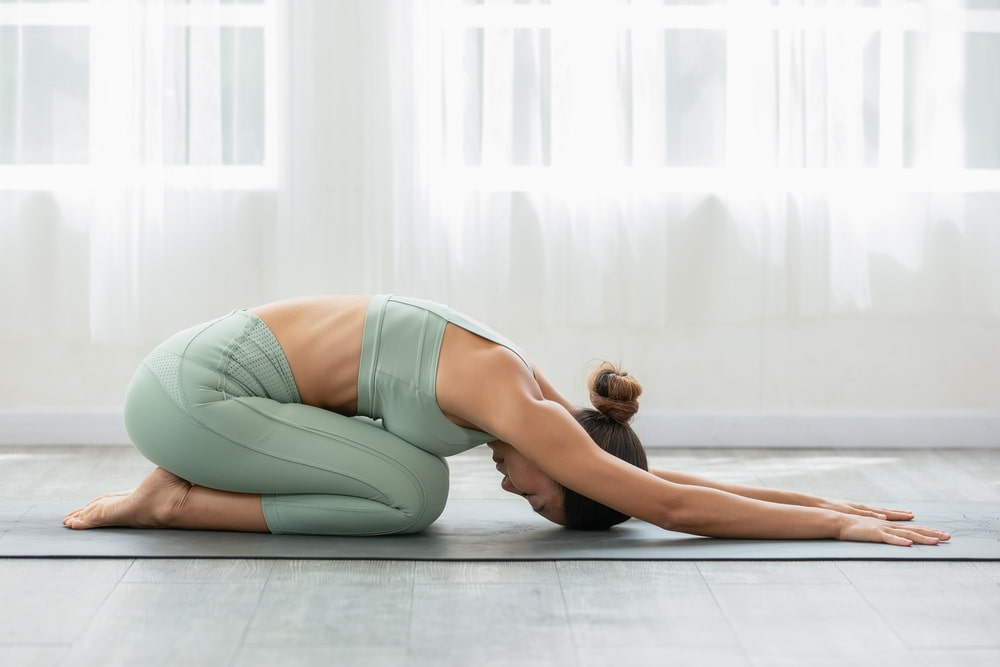

This resting pose gently stretches both the upper and lower back.
- How to do it: Sit back on your heels with your knees apart. Fold your torso over your thighs and extend your arms forward on the floor. Rest your forehead on the mat or a prop for extra comfort.
- Why it helps: Child’s Pose is a profoundly relaxing stretch that helps to release tension in the back, providing relief from tightness and stress.
Tips for Safe Practice
To make sure you practice yoga safely and effectively, keep these tips in mind:
- Warm up gently: Start with simple stretches, such as neck or shoulder rolls, before moving into more challenging poses.
- Listen to your body: Never push into sharp pain. Always stop or modify a pose if you feel discomfort.
- Use props for support: Blocks, straps, or pillows can help maintain alignment and make the practice more comfortable.
- Focus on form, not depth: Pay attention to your posture, keeping your core engaged and your spine long during each pose.
- Breathe deeply: Focus on your breath throughout each pose. Deep breathing helps to relax and release tension in the body.
FAQ
Q: What are the best yoga poses for upper back pain?
Child’s Pose, Cat-Cow, Thread the Needle, and Cobra Pose help relieve tension and improve mobility in the upper back.
Q: How often should I do yoga for upper back pain relief?
Practicing 10-15 minutes of gentle yoga daily or at least 3-4 times a week can help reduce stiffness and support better posture.
Q: Can beginners safely do yoga for upper back pain?
Yes. Most upper-back-focused yoga poses are beginner-friendly. Start gently, follow proper form, and avoid any movement that causes sharp pain.
Harvard Health says that yoga sessions are typically 45-90 minutes, but shorter sessions (such as 10-20 minutes) can be effective for beginners, and poses can be modified as needed.(1)
Key Takeaways Yoga Positions for Upper Back Pain
- Yoga stretches and strengthens the upper back muscles, improving posture and relieving tension.
- Poor posture, stress, and weak muscles are common causes of upper back pain, and yoga poses can address these issues directly.
- Effective poses for upper back pain relief include Cat-Cow, Thread-the-Needle, Eagle Arms, Puppy Pose, Camel, and Child’s Pose.
- Consistent practice, along with mindful movement and breathwork, can significantly reduce upper back pain and improve overall flexibility and strength.




